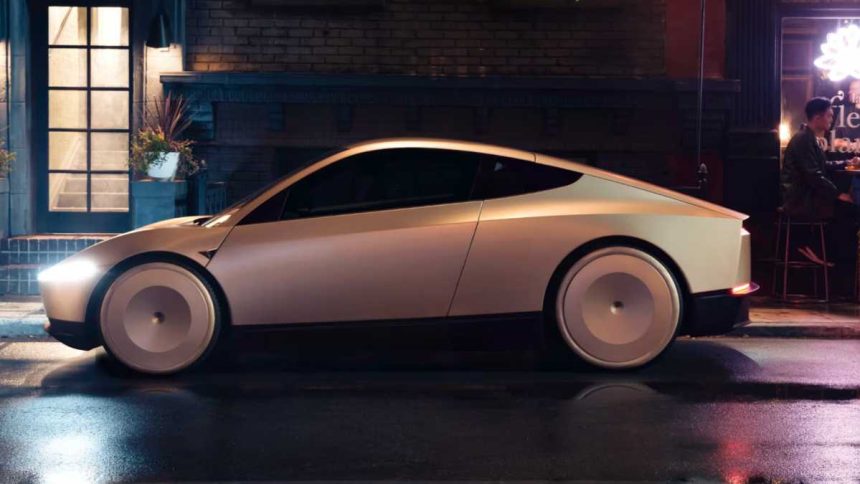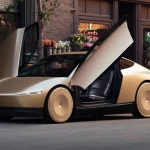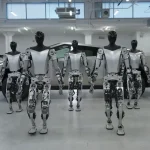The automotive industry is on the brink of a major transformation with the introduction of the Tesla Cybercab. This innovative concept, spearheaded by Elon Musk, has the potential to cause a revolution in the ride-sharing market and advance the development of self-driving cars. The Tesla Cybercab represents a bold step towards a future where fully autonomous electric vehicles dominate urban transportation, promising to change the way people move around cities.
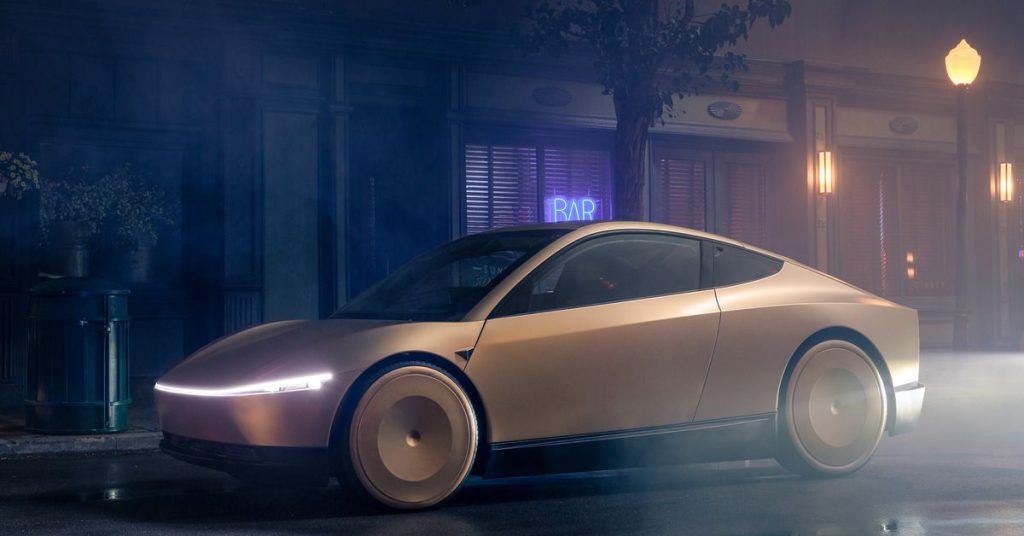
As Tesla continues to push the boundaries of electric vehicle technology, the Cybercab stands out as a groundbreaking addition to their lineup. This article delves into Elon Musk’s vision for robotaxis, exploring the cutting-edge technology behind the Cybercab and its potential impact on the transportation industry. We’ll also look at the regulatory hurdles and safety concerns surrounding driverless cars, as well as Tesla’s timeline for bringing this futuristic concept to life. By examining the Cybercab, we gain insight into the future of mobility and Tesla’s role in shaping it.
The Unveiling of Tesla’s Cybercab
Tesla has officially introduced its groundbreaking robotaxi, the Cybercab, at a highly anticipated event held at Warner Bros. Studios in Los Angeles. This unveiling marks a significant milestone in Tesla’s journey towards revolutionizing urban transportation with fully autonomous electric vehicles.
Design Features
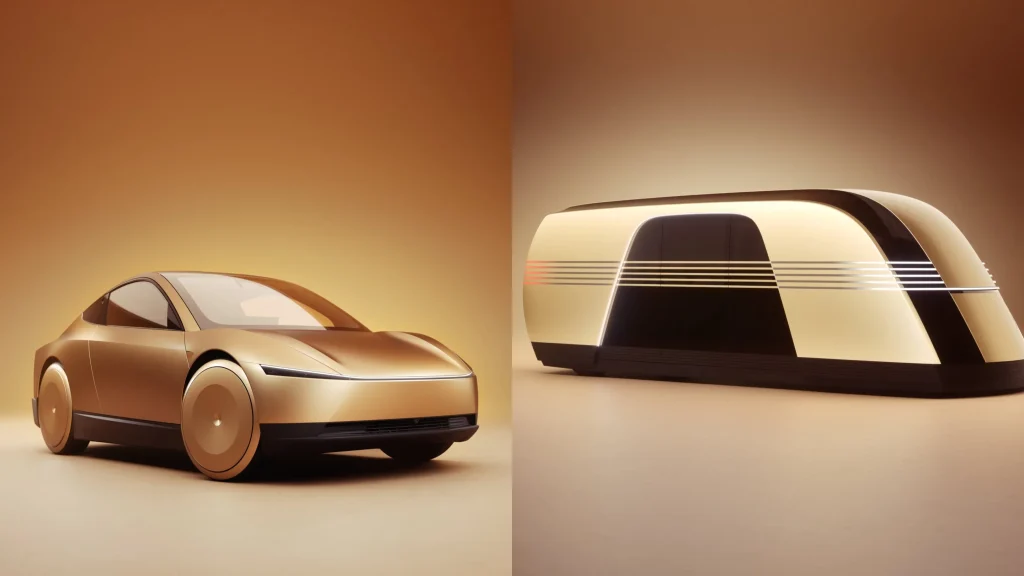
The Cybercab’s appearance immediately catches the eye with its futuristic design. Drawing inspiration from the popular Cybertruck, the vehicle features a sleek and minimalist exterior. The front of the Cybercab showcases a distinctive full-width LED light bar, giving it a unique and modern look. The vehicle’s curves and lines are reminiscent of other Tesla models, particularly the Model Y, while maintaining its own identity.
One of the most striking design elements is the pair of wing-like doors that open upwards, reminiscent of butterfly doors. This feature not only adds to the Cybercab’s futuristic appeal but also enhances accessibility in tight urban spaces. The wheels are fitted with aero covers that partially extend into the tires, contributing to both the vehicle’s efficiency and its cutting-edge appearance.
Technical Specifications
While Tesla has not disclosed all the technical details, some key specifications have been revealed. The Cybercab is designed to be a two-seater vehicle, focusing on passenger comfort and spaciousness. The interior features a minimalist layout with a large, centrally mounted screen that controls most of the vehicle’s functions, similar to the setup in the Model 3 and Model Y.
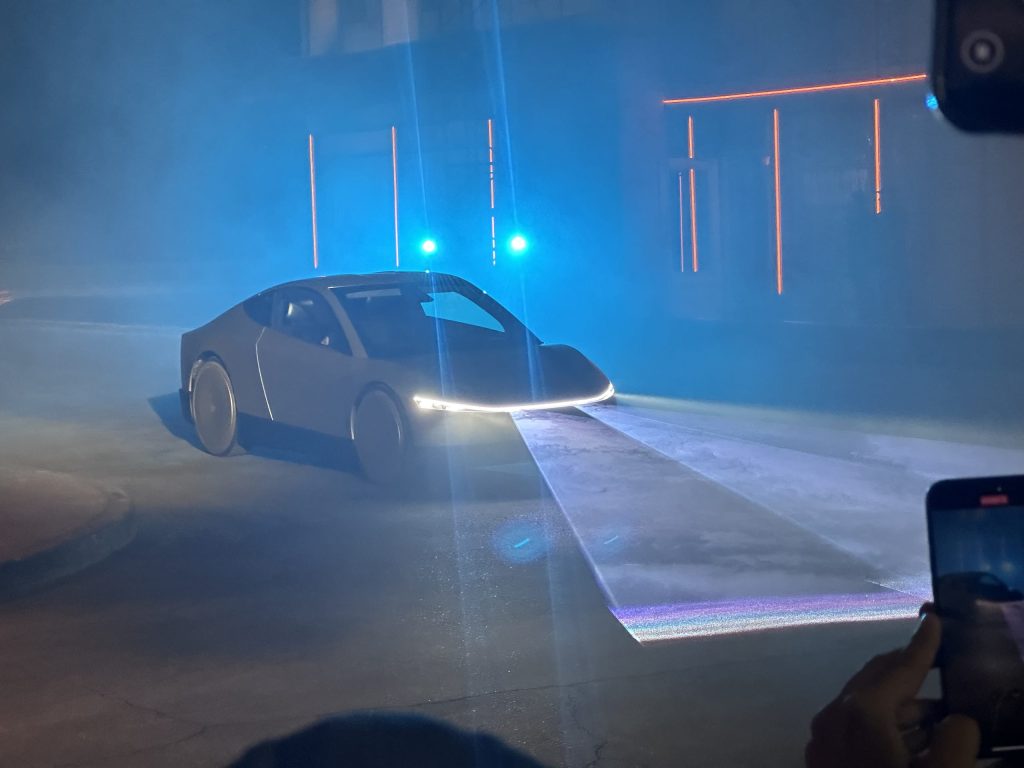
One of the most notable technical aspects of the Cybercab is its charging system. Unlike other Tesla models, the Cybercab will not use a NACS port for charging. Instead, it will utilize an inductive charging system, allowing for wireless charging capabilities. This technology builds on Tesla’s acquisition of Wiferion last year and represents a significant advancement in electric vehicle charging.
Autonomous Capabilities
The Cybercab stands out as a fully autonomous vehicle, designed without a steering wheel, accelerator, or brake pedal. This design choice underscores Tesla’s commitment to advancing self-driving technology. The vehicle relies on Tesla’s advanced AI-driven systems for navigation and control, utilizing data gathered from millions of Tesla vehicles equipped with Autopilot hardware.

Elon Musk has emphasized the safety potential of autonomous vehicles, stating that they could be “10, 20, 30 times safer than a human” driver. The company plans to begin real-world tests of Unsupervised Full Self Driving (FSD) in California and Texas next year, pending regulatory approvals.
The Cybercab’s autonomous capabilities are supported by Tesla’s extensive data collection and AI training processes. Each Tesla on the road acts as a data generator, continuously feeding back information about driving conditions and unexpected events. This massive volume of real-world data enables Tesla to train its AI models, improving decision-making capabilities and pushing towards true autonomy.
Elon Musk’s Vision for Robotaxis
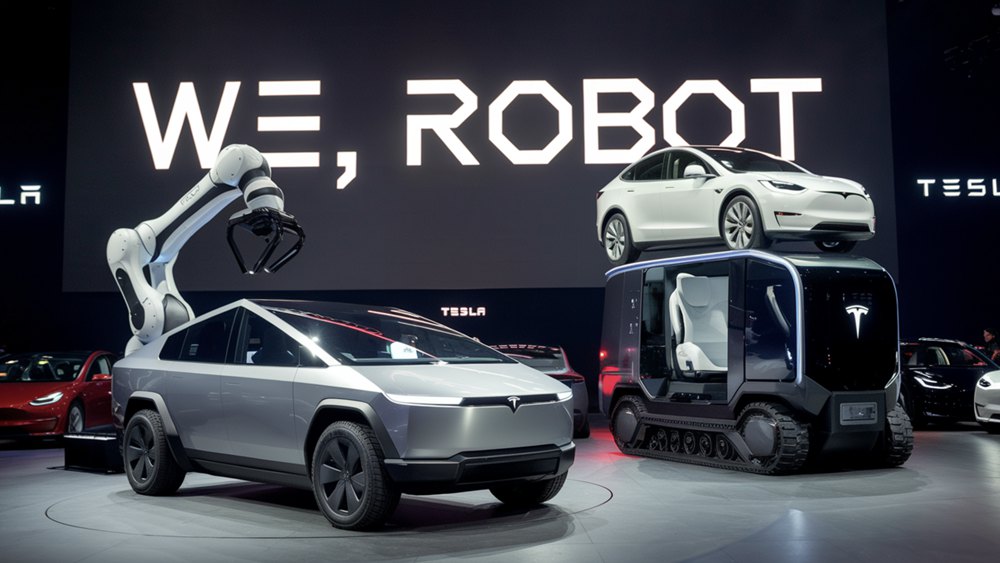
Transforming Urban Transportation
Elon Musk’s vision for robotaxis aims to revolutionize urban transportation by introducing a fleet of fully autonomous electric vehicles. These vehicles, designed to function without human drivers, have the potential to change the way people move around cities. Musk envisions a future where individuals can summon a driverless car through an app, similar to current ride-hailing services but without the need for human operators.
The Tesla CEO believes that autonomous driving supported by artificial intelligence could make transportation 10 to 20 times safer than human drivers. This increased safety, combined with the convenience of 24/7 availability, could lead to a significant reduction in the need for personal car ownership. As a result, cities might see less traffic congestion and a decrease in the demand for parking spaces, potentially allowing for the repurposing of urban areas into parks or other community-focused spaces.
Economic Impact

The introduction of Tesla’s robotaxi service could have far-reaching economic implications. Musk has suggested that the cost per mile for passengers using robotaxis could be significantly lower than traditional car ownership or current ride-sharing services. This reduction in transportation costs could make mobility more accessible to a broader segment of the population, particularly benefiting those in underserved or rural areas with limited public transit options.
Furthermore, Tesla’s robotaxi initiative could create new revenue streams for both the company and individual Tesla owners. Musk has proposed that Tesla owners could add their vehicles to the robotaxi fleet when not in use, generating passive income. This model of car ownership and vehicle monetization could reshape how people view and utilize their personal vehicles.
However, the rise of robotaxis may also disrupt existing industries. Traditional ride-hailing services that rely on human drivers could face significant challenges to their business models. Additionally, the car insurance industry might need to adapt as autonomous vehicles are expected to reduce accident frequency substantially.
Environmental Benefits
One of the key advantages of Tesla’s robotaxi vision is its potential positive impact on the environment. As fully electric vehicles, robotaxis could help accelerate the transition to sustainable transportation by reducing carbon emissions and dependence on fossil fuels. The widespread adoption of robotaxis could lead to a decrease in the overall number of vehicles on the road, further contributing to lower emissions and reduced traffic congestion.

Musk has emphasized that robotaxis could play a crucial role in mitigating the environmental impact of personal transportation. By replacing multiple gasoline-powered vehicles with a single electric robotaxi, the initiative could significantly reduce air pollution in urban areas, improving public health and quality of life.
As Tesla continues to develop its autonomous driving technology and work towards the production of the Cybercab by 2026, the company’s vision for robotaxis represents a bold step towards reshaping urban mobility and addressing pressing environmental concerns. While challenges remain, including regulatory hurdles and public acceptance, the potential benefits of this innovative approach to transportation are substantial and far-reaching.
The Technology Behind Cybercab
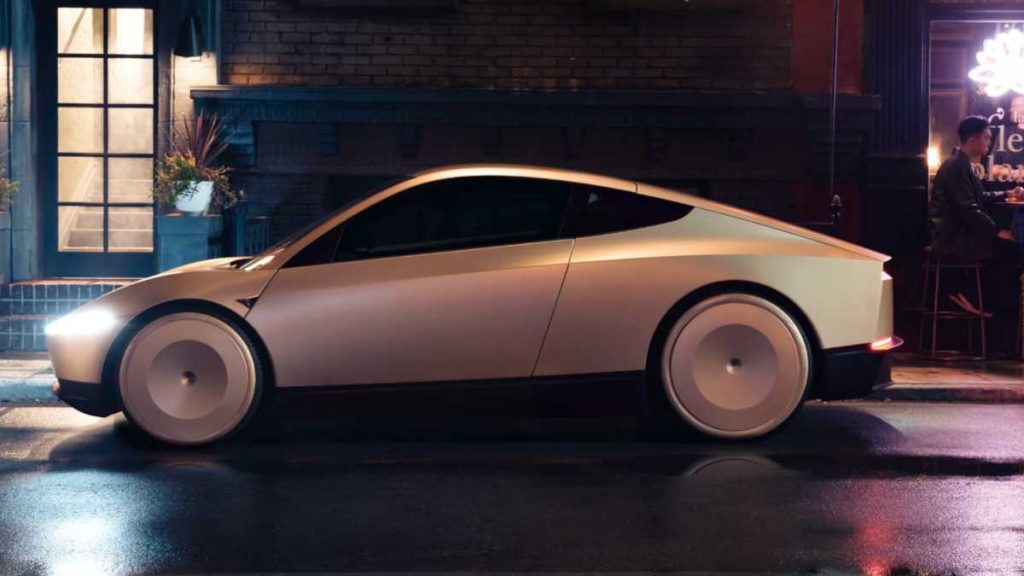
AI and Machine Learning
The Tesla Cybercab relies heavily on artificial intelligence and machine learning to navigate and make decisions on the road. Unlike other autonomous vehicles that use a combination of sensors, Tesla’s approach focuses primarily on computer vision and end-to-end machine learning. This technology translates images captured by cameras into driving decisions, allowing the vehicle to operate without human intervention.
Tesla’s AI system is trained on vast amounts of data collected from millions of Tesla vehicles equipped with Autopilot hardware. This massive dataset enables the AI to learn from a wide range of driving scenarios and conditions, potentially making it safer than human drivers. Elon Musk has stated that autonomous vehicles could be “10, 20, 30 times safer than a human” driver.
The company has “overspecced” the computer in the Cybercab, allowing for distributed computing across the network of vehicles. This approach, similar to Amazon Web Services, enhances the overall processing power and capabilities of the autonomous system.
Sensor Systems
In contrast to competitors like Waymo and Cruise, Tesla has chosen to rely primarily on cameras for its sensor systems. The company argues that this approach is more cost-effective and less complex than using expensive lidar and radar technology. However, this decision has drawn criticism from some analysts who have raised safety concerns, particularly in challenging driving conditions such as wet roads or bright sunlight.
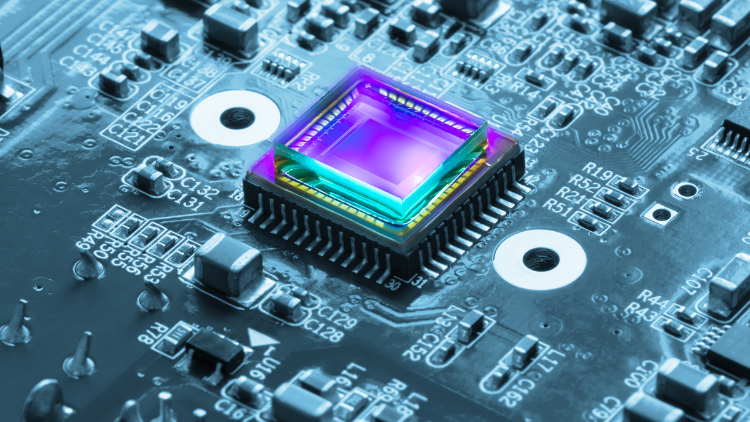
The Cybercab’s camera-based system is an extension of Tesla’s Full Self-Driving (FSD) technology, which has been in development for several years. While the FSD system has faced scrutiny due to accidents and regulatory concerns, Tesla continues to refine and improve its capabilities.
Inductive Charging
One of the most innovative features of the Cybercab is its inductive charging system. Unlike other Tesla models that require a physical connection to charge, the Cybercab uses wireless charging technology. This advancement builds on Tesla’s acquisition of Wiferion last year and represents a significant step forward in electric vehicle charging convenience.
The inductive charging system allows the Cybercab to charge simply by parking over a charging pad, eliminating the need for plugs or manual connections. This technology has the potential to streamline the charging process for autonomous vehicles, reducing downtime and increasing operational efficiency.
As Tesla works towards the production of the Cybercab, scheduled for 2026, the company continues to refine its autonomous driving technology and charging systems. The success of the Cybercab will depend not only on its technological advancements but also on regulatory approvals and public acceptance of fully autonomous vehicles.
Regulatory Challenges and Safety Concerns
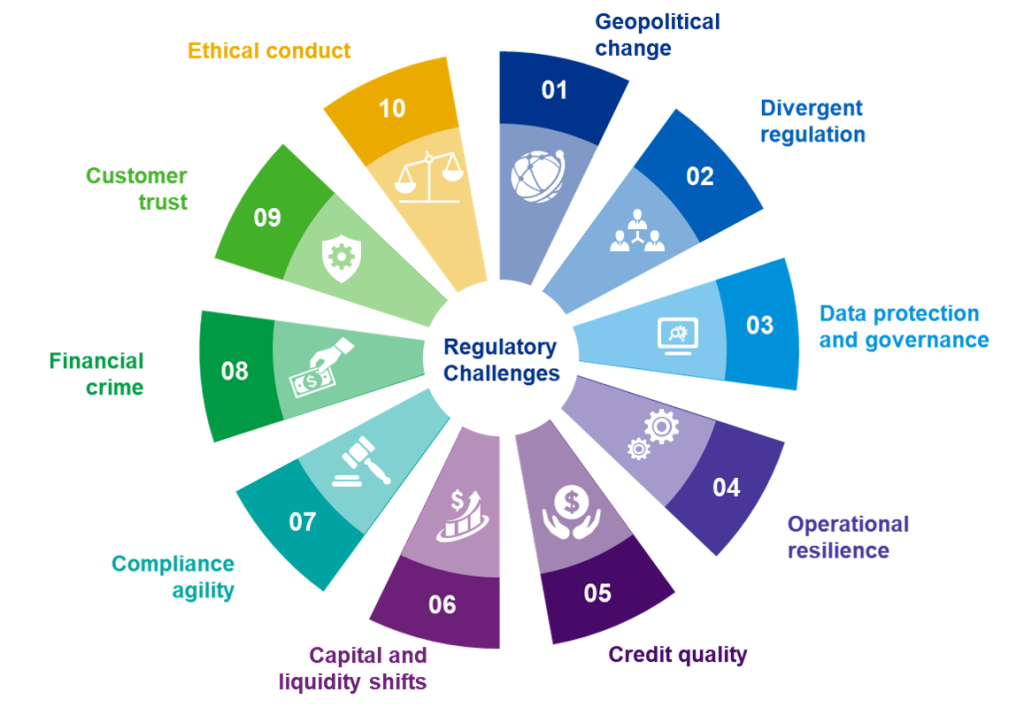
Current Regulations
The introduction of Tesla’s Cybercab and other robotaxis has brought about a complex regulatory landscape. In California, for instance, legislation has been proposed in the state Senate to allow city and county governments to impose stricter limits on robotaxi services than those set by state agencies. This move comes in response to high-profile accidents involving autonomous vehicles, including collisions with emergency vehicles and pedestrians.
The regulatory environment for robotaxis varies across different regions. While China has implemented its first regulation on the commercial operation of autonomous vehicles, the United States lacks national legislation, leaving individual states to take the lead. This patchwork of regulations creates challenges for companies like Tesla as they work to deploy their robotaxis across different jurisdictions.
Tesla’s Approach to Safety
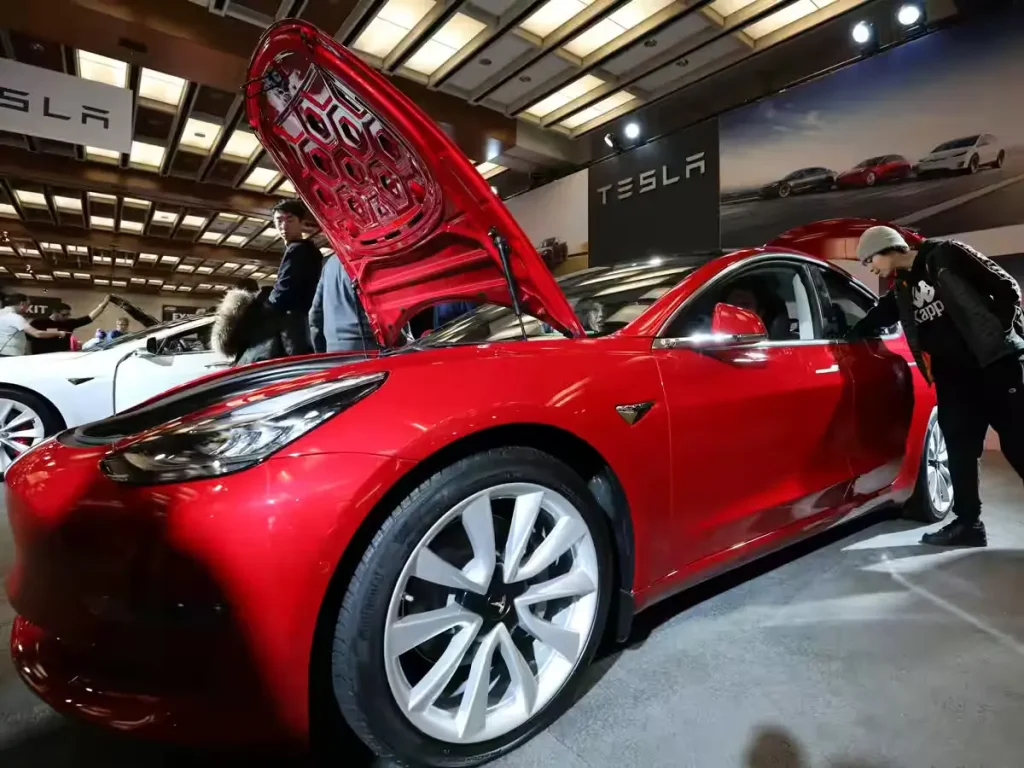
Tesla’s approach to safety in autonomous vehicles relies heavily on artificial intelligence and cameras, rather than hardware such as lidar, which is common among its competitors. This strategy has faced scrutiny from experts who question its effectiveness from both technical and regulatory standpoints. The company’s Full Self-Driving (FSD) technology, which requires constant driver attention, has been involved in at least two fatal accidents, leading to legal scrutiny.
Elon Musk has claimed that autonomous cars could be 10 times safer than human drivers and operate for longer periods. However, analysts and industry experts point out that establishing safe and reliable robotaxi services could take years, particularly due to the challenges posed by inclement weather, complex intersections, and unpredictable pedestrian behavior.
Public Perception

Public acceptance of autonomous vehicles remains a significant hurdle for Tesla and other companies in the robotaxi space. According to Uber CEO Dara Khosrowshahi, when customers are offered an autonomous ride, about half express enthusiasm, while the other half prefer a human driver. This split in public opinion highlights the need for companies to build trust and address safety concerns to gain wider acceptance.
The rollout of robotaxis has faced setbacks due to accidents and technical glitches. In San Francisco, for example, incidents involving Cruise’s driverless vehicles led to the suspension of their operations statewide by California’s Department of Motor Vehicles. Such events have contributed to skepticism about the readiness of autonomous vehicle technology for widespread deployment.
As Tesla works towards its goal of producing the Cybercab by 2026, it will need to navigate these regulatory challenges, address safety concerns, and work to improve public perception of autonomous vehicles. The success of the Cybercab and other robotaxis will depend not only on technological advancements but also on their ability to meet stringent safety standards and gain the trust of both regulators and the public.
Cybercab’s Potential Impact on the Ride-Sharing Industry
The introduction of Tesla’s Cybercab has the potential to cause a revolution in the ride-sharing industry, presenting both challenges and opportunities for existing players and consumers alike.
Competition with Traditional Services
Tesla’s Cybercab is poised to compete directly with established ride-sharing services like Uber and Lyft. The key advantage of the Cybercab lies in its fully autonomous nature, which eliminates the need for human drivers. This could lead to significant cost reductions, with Elon Musk estimating that the average operating cost of a Cybercab could be as low as INR 16.75 per mile. Such a drastic reduction in operational costs could allow Tesla to undercut traditional ride-sharing services while still generating a profit.
However, the competition isn’t one-sided. Uber and Lyft have already established vast networks of drivers and users, and they’re not standing still in the face of autonomous technology. Uber, for instance, has a partnership with Alphabet’s self-driving division, Waymo, which is already operational in four cities. This collaboration could help Uber transition to autonomous vehicles in the future, potentially mitigating the threat posed by Tesla’s Cybercab.
New Business Models
The Cybercab introduces innovative business models that could reshape the ride-sharing landscape. One such model is Tesla’s vision of allowing Tesla owners to add their vehicles to the robotaxi fleet when not in use, creating a potential source of passive income. This approach, similar to Airbnb’s model in the hospitality industry, could democratize the ride-sharing market by allowing individual car owners to participate directly.

Tesla’s integrated ecosystem, encompassing vehicle production, energy management, and ride-hailing services, could also provide unique advantages. This integration might allow for more efficient operations and cost savings compared to competitors operating in a more siloed manner.
Consumer Adoption
The success of the Cybercab will largely depend on consumer adoption. While the promise of lower costs and increased safety is appealing, there are still concerns about the readiness of fully autonomous technology. According to Uber CEO Dara Khosrowshahi, when customers are offered an autonomous ride, about half express enthusiasm, while the other half prefer a human driver. This split in public opinion highlights the need for companies to build trust and address safety concerns to gain wider acceptance.
The adoption of robotaxis may also vary across different regions. While the United States and China have seen widespread adoption of robotaxis, Europe is lagging behind. This disparity in adoption rates could influence the global rollout strategies of companies like Tesla.
As Tesla works towards its goal of producing the Cybercab by 2026, the ride-sharing industry is likely to see significant changes. The potential for lower costs, increased safety, and new business models could drive innovation across the sector. However, regulatory challenges, public acceptance, and the response of established players will all play crucial roles in shaping the future of ride-sharing. The coming years will reveal whether Tesla’s vision of a fully autonomous ride-sharing future will become a reality or if traditional services will adapt and maintain their market dominance.
The Road Ahead: Timeline and Production Plans

Expected Launch Date
Tesla has set an ambitious timeline for the launch of its Cybercab robotaxi. Elon Musk, known for his optimistic projections, has announced that production of the Cybercab is expected to begin in 2026, with availability anticipated before 2027. This timeline, while aggressive, aligns with Tesla’s history of setting challenging goals to push the boundaries of innovation in the automotive industry.
However, it’s important to note that Tesla has a track record of delays in product launches. The company has faced similar challenges with other projects, including the Cybertruck and the second-generation Roadster. These past experiences have led some industry analysts to express skepticism about Tesla’s ability to meet its proposed timeline for the Cybercab.
Scaling Production
To make the Cybercab a reality, Tesla will need to overcome significant production challenges. Musk has stated that the company aims to produce the Cybercab in “very high volume”. This ambitious production goal is crucial for Tesla to achieve its vision of transforming urban transportation with a fleet of autonomous electric vehicles.

One of the key factors that could impact production scaling is the pricing strategy. Musk has announced that the Cybercab will be priced at under INR 2,512,971.13 (approximately $30,000). This aggressive pricing target has raised questions among industry experts about Tesla’s ability to achieve profitability while producing the vehicle at scale.
To meet these production and pricing goals, Tesla will likely need to implement innovative manufacturing techniques and leverage its experience in large-scale EV production. The company’s existing infrastructure, including its Gigafactories, could play a crucial role in ramping up Cybercab production.
Global Rollout Strategy
Tesla’s plans for the global rollout of the Cybercab are closely tied to regulatory approvals and the development of its Full Self-Driving (FSD) technology. Musk has revealed that the company expects to start fully autonomous unsupervised FSD in Texas and California as early as next year, pending regulatory approvals. This initial rollout in the United States will serve as a testing ground for the technology and operational model of the Cybercab.

Following the U.S. launch, Tesla plans to expand the Cybercab and robotaxi experience to other regions globally. However, Musk has emphasized that this global rollout will be subject to regulatory approval in each region. This phased approach allows Tesla to refine its technology and address any potential issues before expanding to international markets.
The success of Tesla’s global rollout strategy will depend on several factors, including the company’s ability to navigate varying regulatory landscapes, public acceptance of autonomous vehicles, and the performance of the Cybercab in real-world conditions. As Tesla works towards its production goals, the coming years will be crucial in determining whether the company can deliver on its promise of revolutionizing urban transportation with the Cybercab.
Conclusion
The Tesla Cybercab represents a bold step towards reshaping urban mobility and addressing pressing environmental concerns. Elon Musk’s vision for robotaxis has the potential to cause a revolution in the ride-sharing market and advance the development of self-driving cars. While challenges remain, including regulatory hurdles and public acceptance, the possible benefits of this innovative approach to transportation are substantial and far-reaching.

As Tesla works towards its goal of producing the Cybercab by 2026, the coming years will be crucial to determine whether the company can deliver on its promise of revolutionizing urban transportation. The success of the Cybercab and other robotaxis will depend not only on technological advancements but also on their ability to meet stringent safety standards and gain the trust of both regulators and the public. The road ahead for Tesla’s Cybercab is filled with both opportunities and obstacles, making it an exciting development to watch in the ever-evolving landscape of autonomous vehicles and urban mobility.
FAQs
- What is the cost of Tesla’s Cybercab robotaxi?
- The Tesla Cybercab robotaxi is available at a price of approximately INR 2512.97K, and it also introduces a new Robovan.
- Can you explain what the Tesla robotaxi is?
- Tesla’s robotaxi, a prototype unveiled by Elon Musk, is designed without a steering wheel or pedals and represents a significant step towards self-driving taxis that Musk envisions for Tesla’s future.
- What does Tesla’s future entail with respect to autonomous vehicles?
- Tesla plans to introduce a fully autonomous vehicle known as the “Cybercab” at an upcoming event called “We, Robot.” This vehicle is part of Musk’s long-term vision to offer a self-driving taxi service that can autonomously transport passengers to their destinations.
- What are the future prospects for Tesla with its autonomous technology?
- The development of autonomous vehicles by Tesla, particularly the promise of self-driving cars, has been a major factor in boosting Tesla’s stock value. The company anticipates that the autonomous technology will not only generate revenue through ride-sharing services but also attract buyers who wish to offset their purchase costs by renting out their vehicles.

